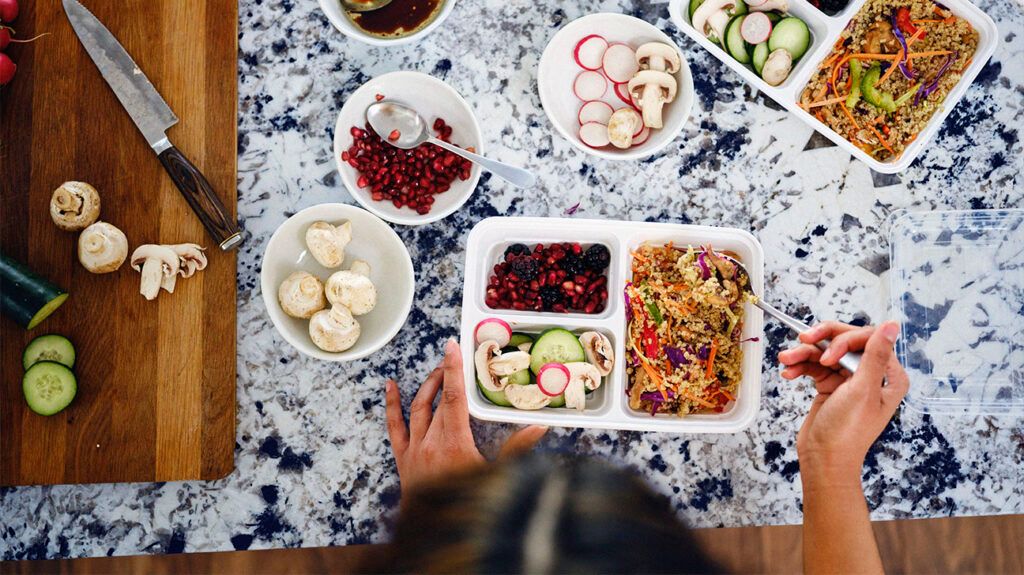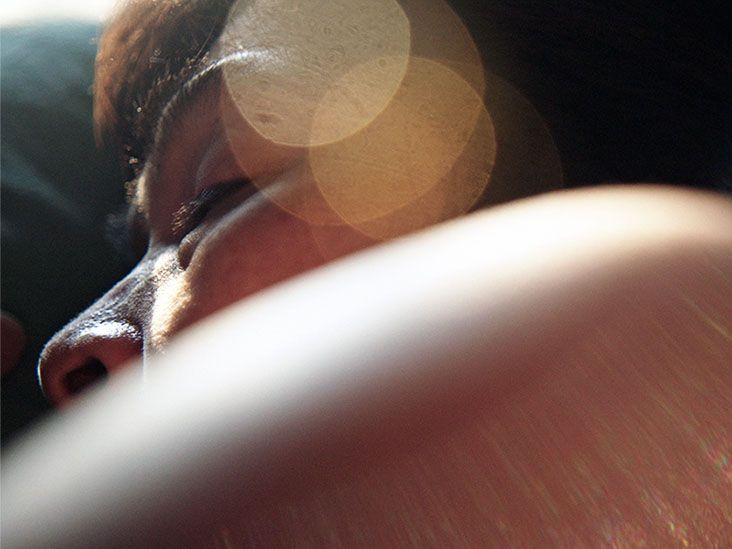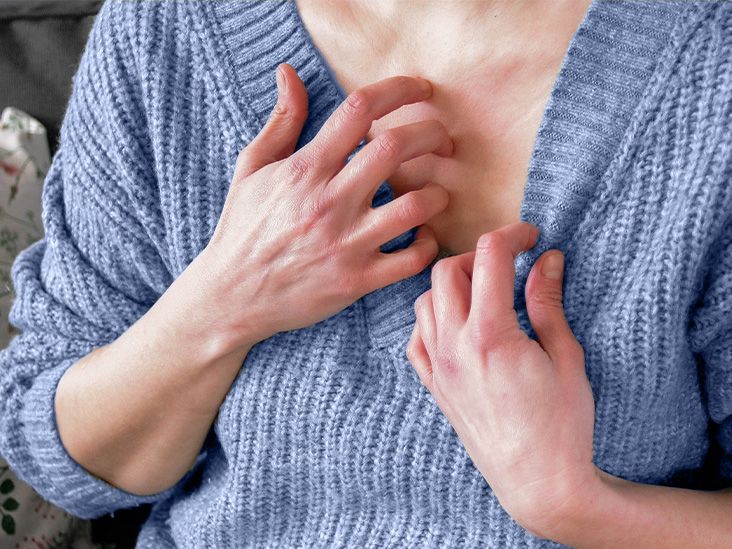Coughing up phlegm after eating can be a sign that the act of eating is irritating or triggering something in the digestive system. Possible causes include food allergies, aspiration, or GERD.
Phlegm is a thick, sticky substance that the respiratory system produces. It helps to trap and clear out dust, bacteria, and other small particles that enter the airways.
The mucus membranes typically produce phlegm, and people can cough it up from the chest when the body is trying to clear out irritants or infections.
Read on to learn more.

Some potential causes of coughing up phlegm after eating include:
- Gastroesophageal reflux disease (GERD): When stomach acid or food contents flow back into the esophagus, it can irritate the throat,
producingTrusted Source phlegm. This can cause a sensation of mucus in the throat or chest, prompting a person to cough it up. - Food allergies or intolerances: Certain foods can trigger an allergic reaction or sensitivity, causing the body to produce excess mucus as a defense mechanism. This is common with foods such as dairy, which some people find mucus-producing, or with specific allergens such as nuts or shellfish.
- Aspiration: In some cases, small amounts of food or liquid may accidentally enter the airway while eating,
irritatingTrusted Source the respiratory tract and causing coughing and phlegm production as the body attempts to clear the airway. - Respiratory infections or chronic conditions: People with chronic respiratory
conditionsTrusted Source such as bronchitis, chronic obstructive pulmonary disease (COPD), or asthma may produce more mucus, especially after eating. Infections such as colds or sinusitis can also increase mucus production. - Dehydration: Lack of fluids can make mucus thicker and more difficult to clear, leading to more noticeable phlegm.
Phlegm can be many different colors. The phlegm color can provide valuable clues about what is happening inside a person’s body, particularly in the respiratory system.
For example:
- Clear: This is typical and indicates a healthy state. The mucus consists mainly of water, proteins, antibodies, and some dissolved salts. However, excessive clear mucus can also indicate allergies or a viral infection such as the common cold.
- White: This can indicate nasal congestion or inflammation in the respiratory system, often due to a cold or sinus infection. White phlegm or mucus can also occur if someone is dehydrated, as the mucus thickens when the body lacks fluids.
- Yellow: This often suggests that a person’s immune system is fighting an infection, such as a cold or sinusitis. The yellow color comes from used white blood cells that the body is expelling. Persistent yellow phlegm can be a sign of a sinus infection.
- Green: Green phlegm is a strong indicator of a bacterial infection. It is due to the presence of neutrophils (a type of white blood cell) and the enzymes they release, which give the mucus a greenish hue. If green phlegm lasts more than 10 days, it can indicate a more severe infection such as sinusitis or bronchitis.
- Red or pink: This typically indicates the presence of blood. This can happen due to irritated nasal passages, such as from frequent blowing of the nose, a dry environment, or a more severe condition. Sometimes, blood-tinged phlegm can indicate an infection or an injury within the respiratory system, such as a nosebleed or damage to the airways.
- Brown: This may indicate old blood, possibly from dried blood in the nasal passages or respiratory tract. Brown phlegm can also occur if someone has inhaled dirt, dust, or smoke, as these particles can get trapped in the phlegm and give it a brownish color.
- Black: This can sometimes be a result of inhaling smoke, soot, or other pollutants. It is common among smokers or those with exposure to heavy air pollution. In rare cases, black mucus can indicate a serious fungal infection, particularly in people with compromised immune systems.
To stop coughing up phlegm after eating depends on the underlying cause. People can try these steps:
- Manage GERD: Eat smaller meals, avoid trigger foods, and stay upright after eating.
- Avoid allergens: Identify and avoid foods that may cause allergies or sensitivities.
- Prevent aspiration: Eat slowly, chew thoroughly, and sit upright during meals.
- Stay hydrated: Drink plenty of water to keep mucus thin.
- Avoid irritants: Stay away from smoke, pollutants, and strong odors.
A person should consult a doctor for further evaluation and treatment if symptoms persist.
People should contact a doctor for coughing up phlegm after eating if any of the following occur:
- Persistent symptoms: The phlegm production continues for more than a few weeks without improvement.
- Blood in phlegm: A person notices blood in the phlegm, which
can indicateTrusted Source a more serious condition. - Difficulty breathing: There is trouble breathing or shortness of breath after eating.
- Difficulty swallowing: Having trouble swallowing is a risk factor for aspiration.
- Chest pain: There is associated chest pain, especially if it feels severe or is accompanied by other symptoms.
- Unintentional weight loss: The person experiences significant and unexplained weight loss.
- Fever: A
persistentTrusted Source or high fever develops, which can indicate an infection. - Recurrent or severe symptoms: The coughing and phlegm are severe or occur frequently, disrupting daily life.
- History of respiratory conditions: If there is a history of conditions such as asthma, COPD, or chronic bronchitis and symptoms worsen.
Experiencing phlegm after eating is not always a cause for concern.
If it is persistent, bothersome, or occurs with other symptoms such as difficulty breathing, chest pain, or significant weight loss, it is advisable to consult a healthcare professional for a thorough evaluation and appropriate treatment.


